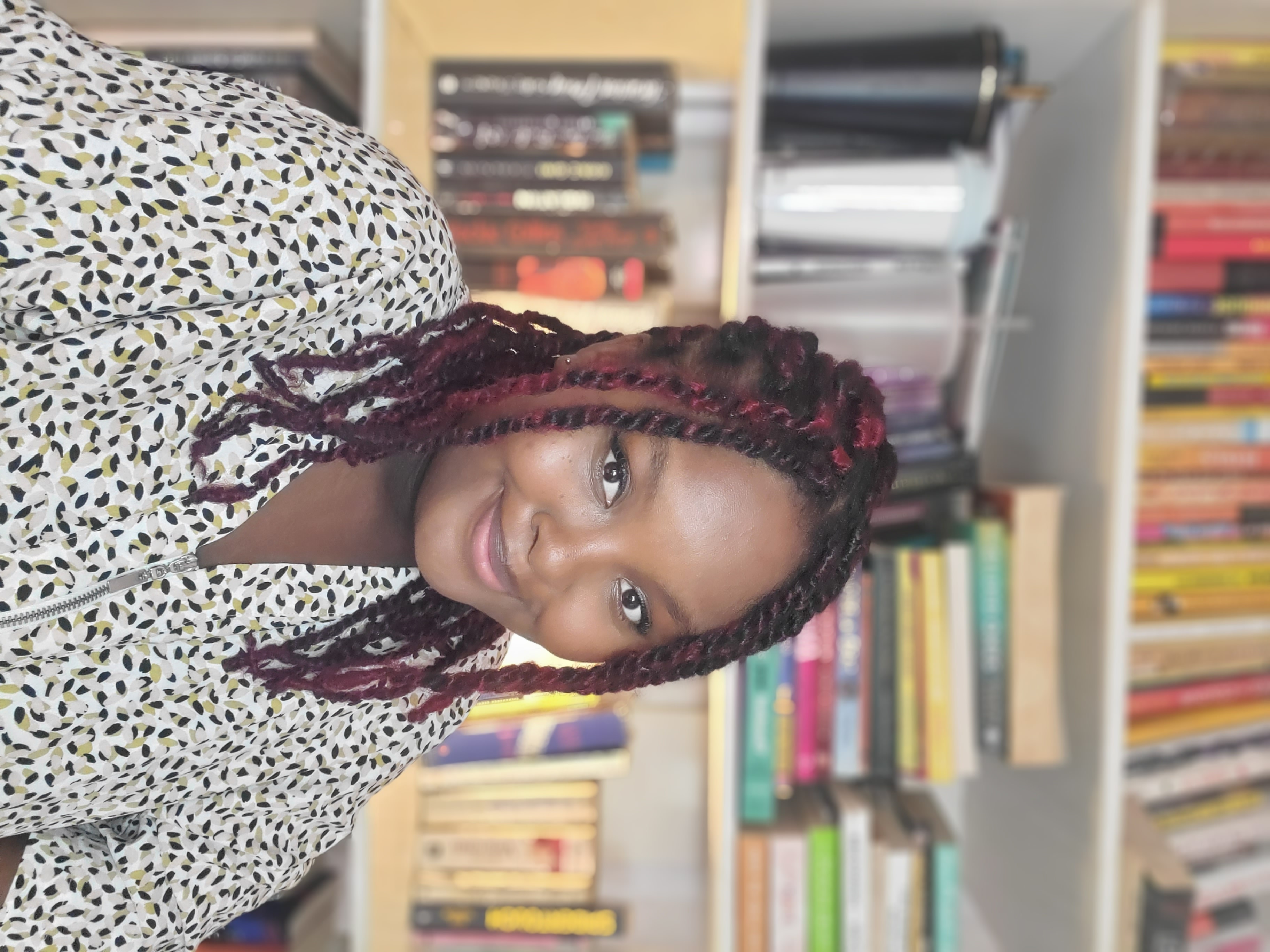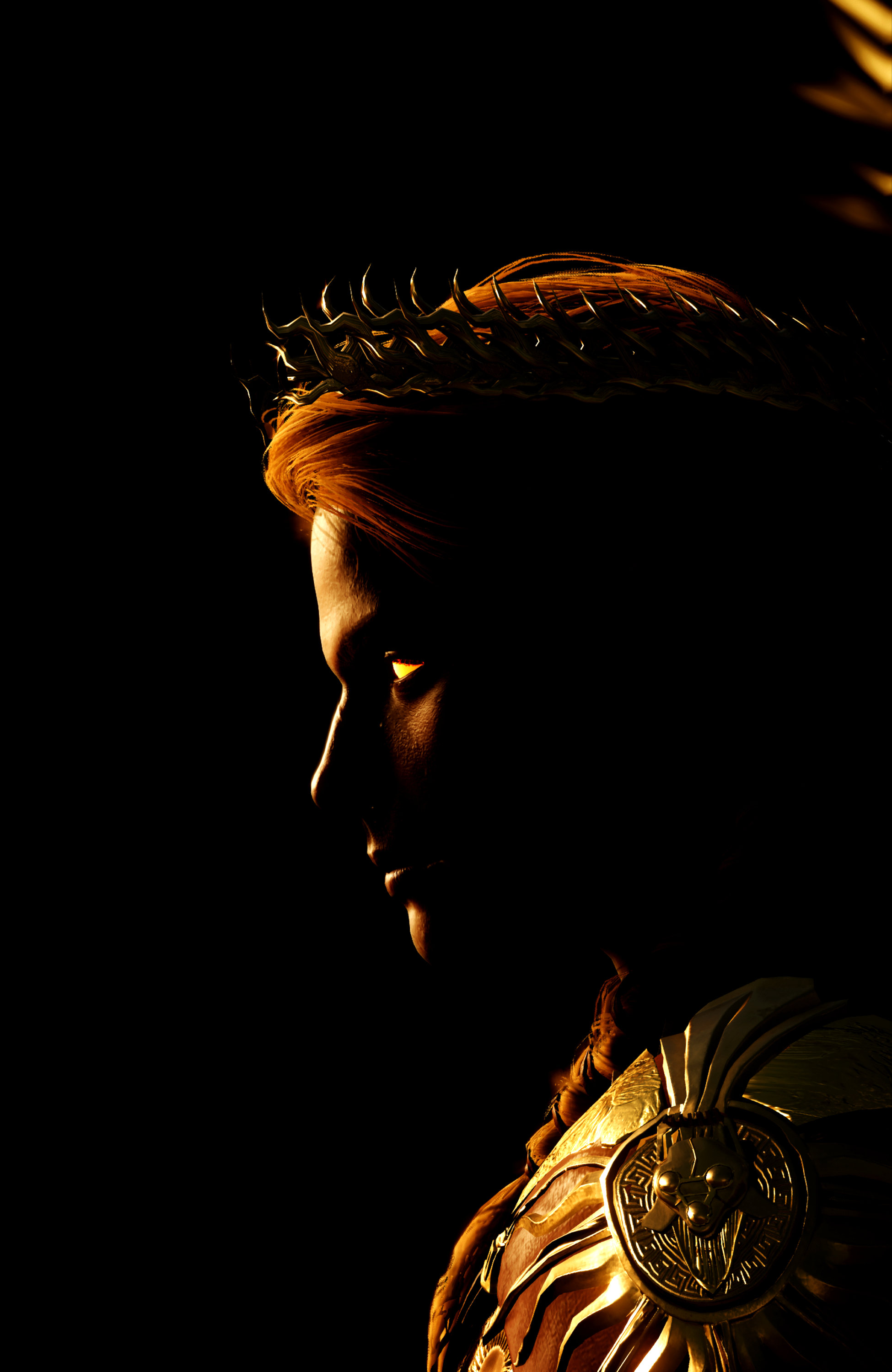Tips & Tricks: 10 Virtual Photography Tropes That Always Work
 oreoluwa eunice
oreoluwa eunice
Virtual photography is full of trials and errors, but some shots just work no matter the game you are playing. These are the tropes that never miss: the ones you return to when you’re in a creative rut, testing out a new game, or simply trying to make a moment feel iconic.
Whether it’s dramatic lighting cutting through a window, a fog-covered landscape that hides more than it reveals, or the haunting black-and-white photo, these compositions instantly add emotion, tension, and cinematic flair to your shots. These tropes are staples in the virtual photography community because they are powerful tools for visual storytelling.
When used well, your photos don’t just look cool; they make your audience feel something when they see them. So, if you’re looking to level up your shots or simply take photos without overthinking them, here are ten virtual photography tropes that always deliver.
1. Windowlight Drama
This is the photo mode equivalent of a slow zoom-in during an emotional movie monologue. When sunlight streams through blinds or windows, it creates beautiful contrast and moody shadows that practically beg for a character to stand in them. Window lighting adds layers of narrative and depth to your photos. It’s especially powerful when only part of the face or body is illuminated, hinting at duality or hidden emotions. You can play with blinds, curtains, or even broken windows to create patterns and textures.
cc: Spud497
2. The Tiny Subject, Giant World Shot
This trope works every single time, especially in open-world games or expansive cinematic universes. Your game character is a speck in a massive environment, framed against vast deserts, towering ruins, endless oceans, or futuristic skylines. It evokes feelings of wonder, isolation, freedom, or even insignificance in the face of something greater. To achieve this shot, use wide angles, symmetry, and negative space to emphasise the scale of the world and enhance the storytelling.
cc: Matt
3. Backlit Glow-Up
This particular VP style is very magical. Imagine a halo of light when the sun hits just right behind your subject. Just so cool. This trope leans hard into warmth, softness, and the cinematic. Whether it’s the sun peeking through hair, creating a silhouette, or wrapping everything in a gentle glow, backlighting turns everyday shots into something special. It works beautifully with characters walking away from the camera, riding off into the sunset, or even standing still mid-mission. If you want to turn up the dreaminess of this kind of shot, add lens flares or slight bloom.
cc: m_nt_13
4. The Mirror Shot
Reflections are an easy way to double the impact of a shot. It can come from a puddle after rain, a shattered mirror, chrome on a car, or even the gleam in someone’s eye. This VP style makes ordinary moments feel surreal. It introduces symmetry, tension, or a sense of dual identity — especially if you capture characters looking at themselves. Play with angles to distort or fragment the reflection, or go for clean, perfectly mirrored shots for that graphic wow factor. This trope is also great for hidden meanings: reflections can represent regret, memory, vanity, or parallel realities. It’s a simple shot style, but incredibly layered.
cc: PikaPod
5. Speed Static (In-Motion Blur)
This one is all about energy. When you freeze a split second of motion — a leap, a punch, a vehicle drifting — and add a bit of blur, the result feels dynamic, vibrant and alive. It’s like a quick shot of chaos, control, or both. You can use it to highlight combat scenes or showcase high speed of a vehicle if you are an automobile virtual photographer. Depending on the lighting and colour grading, it can feel gritty and real, or hyper-stylised and surreal. This is also where creative camera angles shine: tilt, zoom, and pan to guide the viewer’s eye through the action. The secret is freezing motion while showcasing speed.
cc: dudeistpriestvp
6. Through the Frame
This one’s a shot within a shot. When you position your subject inside a physical frame — like a doorway, a fence, or even a sniper scope — you’re immediately telling the viewer where to look. It adds a sense of intimacy, or even entrapment, depending on how it’s used. You can create a sense of quiet observation, like someone watching from a distance, or build suspense by making the viewer feel like they’re intruding on a moment. The frame can be broken, beautiful, or barely there. With this kind of shot, you will need to focus on the composition to ensure there’s visual storytelling. It’s especially effective when paired with dramatic lighting or reflections.
cc: AllySanttos
7. Over-the-Shoulder Gaze
With this shot, you see the back of your character’s head or shoulder as they look out at something — a cityscape, a battlefield, rippling waters, a loved one. It creates emotional distance and emotional depth at the same time. We don’t see their face, but we know exactly what they’re feeling. This trope invites viewers to step into the character’s shoes, making it deeply immersive. Use it to imply choices, introspection, or awe. It’s also a great way to highlight the environment while keeping the human element in frame. This always showcases main-character behaviour.
cc: caiquevp
8. Noir (Black and White)
We daresay this is the most popular kind of VP trope. Strip away the colour, and suddenly every detail feels more intentional. Black and white photography draws attention to light, shadow, form, and emotion. It’s ideal for gritty urban scenes, portraits, or melancholic moments. In VP, it adds instant drama and timelessness like detective stories, flashbacks, or dystopian futures. High contrast works well here, but you can also play with soft greys and grainy textures for a more moody, subtle effect. It’s a great fallback when colour grading feels too overwhelming, and it forces you to compose your shot more carefully.
cc: yama
9. Fogged In
Fog is nature’s built-in mood filter. It softens details, creates depth, and wraps the scene in mystery. Whether it’s thick white fog in a forest, smog over a lit-up city, or morning mist rising off water, it transforms the ordinary into more. Subjects can appear half-hidden or slowly emerging, adding suspense and intrigue. It’s especially good for horror, fantasy, and post-apocalyptic themes. You can also use fog to mask uninteresting backgrounds or simplify the colour palette. It’s moody, atmospheric, and surprisingly versatile.
cc: m_nt_13
10. The Lone Light Source
Everything else is darkness except for one light. Maybe it’s a lamp, a torch, a campfire, or glowing signage in an alley. The effect is dramatic, minimal, and powerful. It isolates the subject and forces focus, evoking intimacy, danger, or solitude. Play with where the light falls: only on the hands, the eyes, or partially across the face. This trope works especially well in night scenes, abandoned buildings, or emotionally intense moments. It’s the photo mode equivalent of a spotlight on stage, and honestly, it never fails.
cc: photographervp
Which will you try?
Let’s see how well your photos improve with these tropes! Try them out and share on Picashot.
Cover image: @dudeistpriestvp
Subscribe to my newsletter
Read articles from oreoluwa eunice directly inside your inbox. Subscribe to the newsletter, and don't miss out.
Written by










